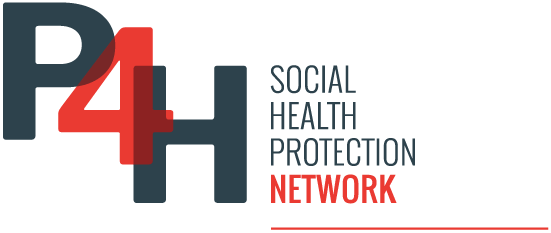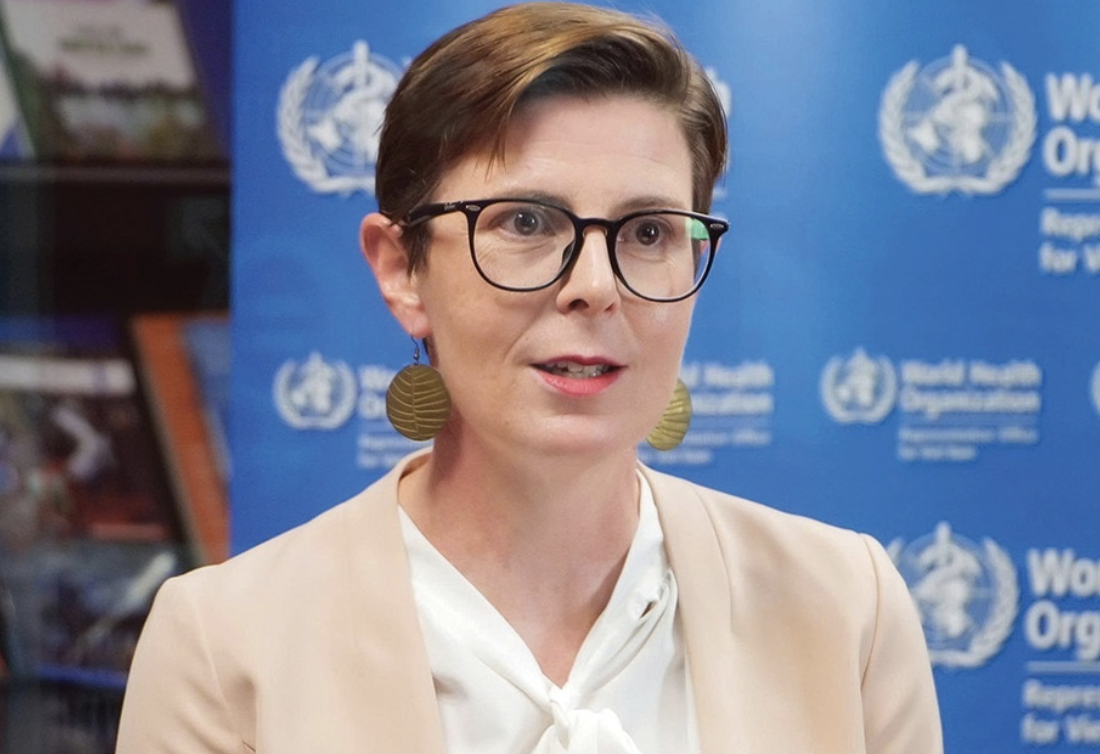Vietnam has expanded health insurance to 94% of its population, with free care targeted by 2035. But out-of-pocket costs remain high at 40%. WHO’s Dr. Pratt stresses stronger financing, efficiency reforms, primary care, and innovation to achieve universal health coverage and protect vulnerable families.
Vietnam’s health financing system has undergone major reforms in recent years, positioning the country closer to its goal of universal health coverage (UHC). According to Dr. Angela Pratt, the World Health Organization’s representative in Vietnam, the country has made remarkable progress, with nearly 94 percent of the population now covered by health insurance. This achievement means more citizens can access needed care without fear of financial ruin. The government has gone further, committing to provide free healthcare by 2035.
Yet significant challenges persist. Out-of-pocket spending remains high, accounting for more than 40 percent of total health expenditure, well above the global benchmark of below 20 percent. This heavy burden disproportionately affects rural and low-income families, exposing them to catastrophic costs. At the same time, Vietnam faces the end of major donor support, a rapidly ageing population, and a rising prevalence of non-communicable diseases. Strengthening the commune health system—a cornerstone of Vietnam’s approach—is essential but will require additional resources and innovation.
Dr. Pratt emphasized that adequate and well-structured health financing is central to achieving UHC. It not only funds medical services and infrastructure but also strengthens health workforce capacity, ensures a reliable supply of essential medicines, and underpins governance and effective service delivery. Successful strategies depend on strong political commitment, sufficient public funding, transparent regulations, and monitoring to ensure resources are used equitably and efficiently.
For Vietnam, the way forward lies in boosting efficiency. This includes reducing fragmentation in financial pooling, linking some health worker pay to performance, aligning coverage with policy goals, and investing in quality primary and community care. Emphasizing prevention rather than crisis care, deploying digital technology to ease workloads, and clarifying rules on out-of-pocket payments will also be vital. These steps, Dr. Pratt noted, can sustain gains while helping Vietnam achieve affordable, equitable, and resilient healthcare for all.


